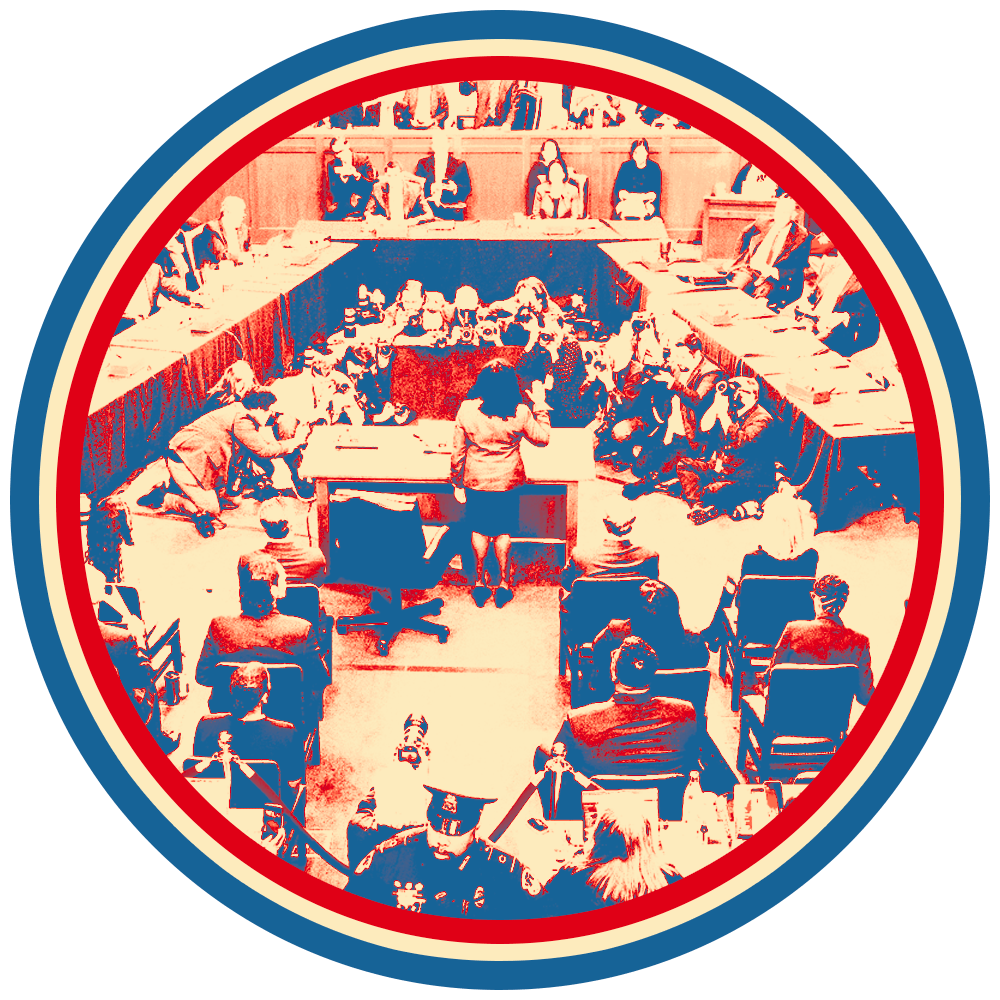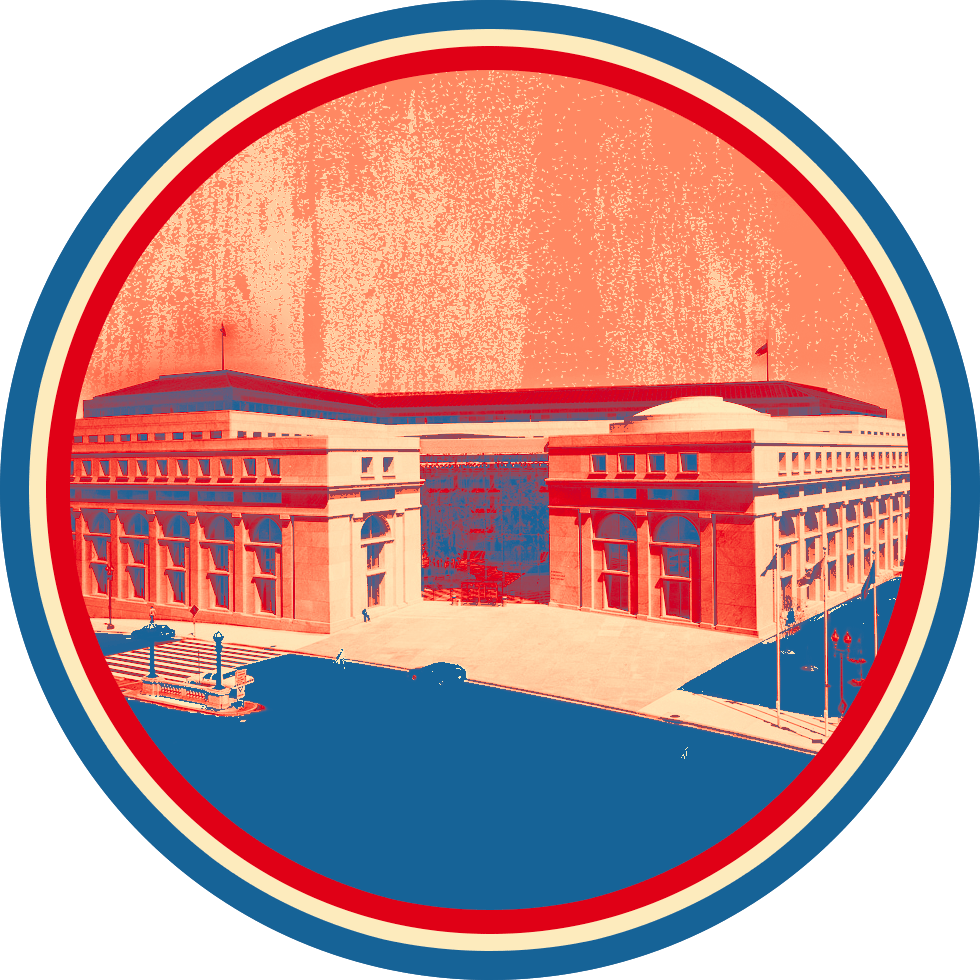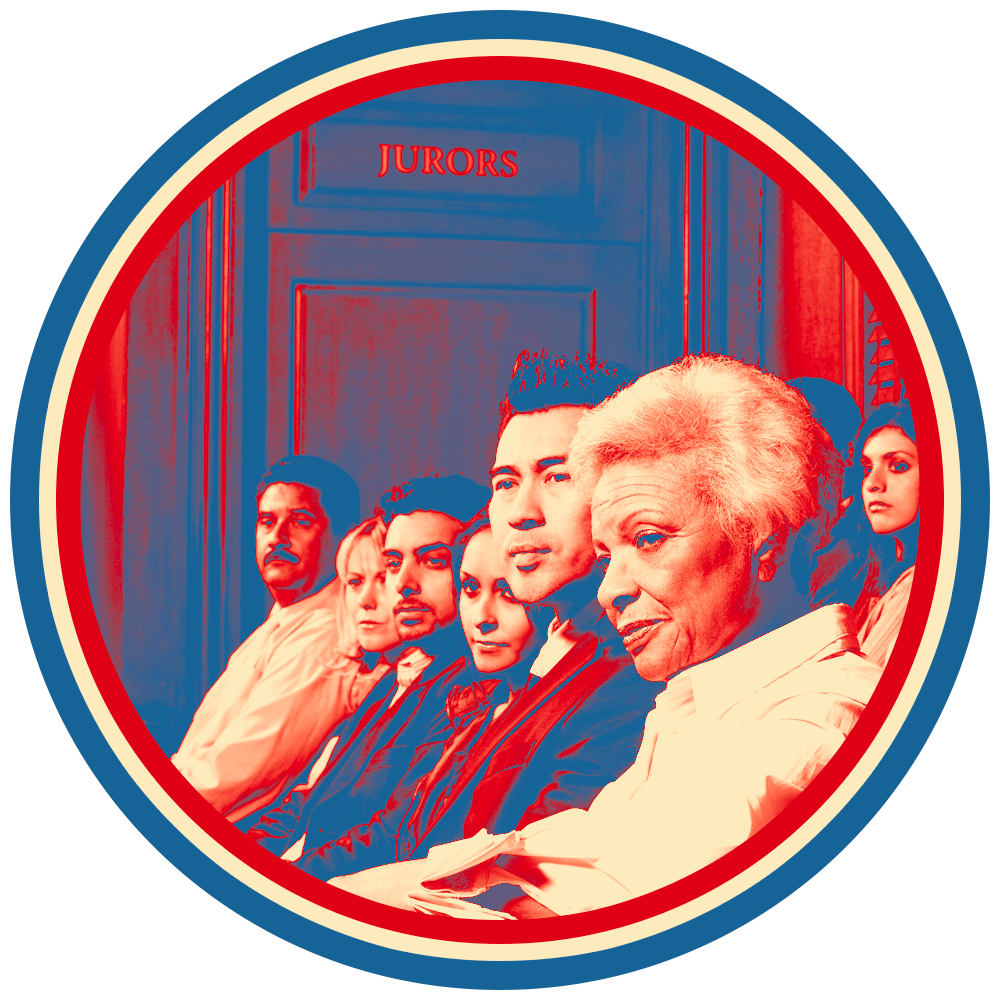The United States of America is a federal republic with 50 states, the District of Columbia, and fourteen territories, five of which are inhabited – Puerto Rico, the US Virgin Islands, American Samoa, Guam, and the Northern Mariana Islands. The vast physical expanse of the United States includes the arctic areas of Alaska, the subtropical climates of the southeast and southwest, the mountainous northwest, and the arid deserts in the west and southwest. The third most populous nation in the world, the US is also one of the wealthiest and, as a result of its long history of immigration, one of the most ethnically and culturally diverse. Indigenous communities in the United States include almost 600 Native American nations, Aleuts, and Eskimos.
Colonized by the British beginning in the late 16th century, North America was a rich source of raw materials and a market for English goods. Beginning in the 1680’s, slaves from Africa were the primary source of labor to cultivate cotton and other agriculture. While many of the early colonizers from England were drawn to North America for economic reasons, the quest for religious liberty drew many others, including the Puritans who sought to separate from the Church of England. Increasingly strained relations between the colonists and England led to war and ultimately the Declaration of Independence in 1776.
The Constitution of the United States (1789) is one of the oldest written constitutions in the world; it is also among the shortest at only four pages. It sets forth a federal system of governance delegating powers between federal and state authorities. The Constitution also establishes three separate and co-equal branches of government: the executive, legislature, and judiciary. Each state in the United States also has its own constitution, executive, legislature, and court system; the states also have their own laws that apply within their borders. While state constitutions can offer greater protections to citizens than the federal constitution, state law cannot limit federal constitutional rights. The constitution shields the judicial process from outside influence by granting federal judges life tenure (phrased as “good behavior”) and prohibiting any reduction in their compensation. Further fortifying the judicial role, Marbury v. Madison 5 U.S. 137 (1803), a case decided shortly after the constitution was ratified, set forth the principle of judicial review: courts have the authority to declare null and void an act of congress that fails to comport with the constitution. The United States Constitution has 27 amendments, including the Bill of Rights which came into effect in 1791. Slavery was not abolished in the United States until 1865 with the passing of the 13th Amendment to the Constitution.
The Federalist Papers are a collection of essays written during the early debates about ratification of the US Constitution. The Papers discussed the significance of judicial independence: although the judiciary would be the “least dangerous” branch of government, with no means of executing its judgments, it has the critical task of preserving the constitution’s democratic aspirations by exercise of principled judgment.
“It is emphatically the province and duty of the judicial department to say what the law is…. If two laws conflict with each other, the courts must decide on the operation of each.”
Marbury v. Madison 5 U.S. 137 (1803)

Sources of Law and Procedure
Federal law is derived from the constitution, federal legislation, administrative regulations, executive decrees, and common law. Federal courts also apply customary international law and interpret international treaties. State law is derived from state constitutions, legislation, regulations, and common law.
The United States adopted the English common law tradition, though Louisiana, a former French colony, has a mixed civil law/common law system. “Common law” refers to a body of judicial analysis based on prior cases. The U.S. also has legal codes and statutes, drafted by the legislature, that set forth rules addressing specific conduct. Although the U.S. is a common law system, judges apply code provisions extensively. When a case cannot be resolved by applying codified law, judges look to the reasoning of other judges in similar cases. Court decisions (or judgments) are called ‘precedent.’ The decisions of higher courts become binding precedent on lower courts within their jurisdiction. Judges in the United States are not involved in the investigation stage of cases; their work begins when a case is filed and concludes when judgments (and, in criminal cases, sentences) are issued.
The U.S. is a signatory to some of the more widely known international treaties, including the Hague Conventions on Apostille, Service, Evidence, Child Abduction, as well as the Universal Declaration of Human Rights, the International Covenant on Civil and Political Rights, the International Convention on the Elimination of All Forms of Racial Discrimination, and the Convention Against Torture.
The US has not ratified several other international human rights conventions, including the Convention on the Elimination of All Forms of Discrimination Against Women, the Convention on the Rights of Persons with Disabilities, the International Covenant on Economic, Social and Cultural Rights, the Convention on the Rights of the Child, the International Convention on the Protection of the Rights of All Migrant Workers and Members of Their Families, and International Convention for the Protection of All Persons from Enforced Disappearance.

Federalism
The U.S. federal government and each state have their own constitutions, legislation, courts, and judges. Federal and state courts operate independently, but certain types of cases can fall into either court on certain conditions.
For example, some civil disputes may be brought in either federal or state court. “Diversity jurisdiction” allows a plaintiff with a claim based on state law to file a suit in federal court if the defendant is located in a different state and the claim is for more than $75,000. A federal court exercising diversity jurisdiction applies the law of the state in which it is located. A plaintiff may bring a claim based on federal law in a state court, but a state supreme court’s interpretation of federal law may be appealed to the U.S. Supreme Court.
Most court cases are heard by state, not federal, courts. Over 100 million cases are filed each year in first instance state courts, while approximately 400,000 are filed in the federal system. There are over 30,000 state court judges; there are 1,700 federal judges.
Courts
Federal Courts
Article III of the United States Constitution briefly sets forth the judiciary’s general structure and jurisdiction. The First Congress of the United States filled in this framework in 1789, setting the number of supreme court justices and organizing the lower courts. There are three types of Article III judges: district, appellate, and supreme court.
District Courts: There are 94 district (first instance) courts. A “district” is a geographical region that usually has a single courthouse and multiple judges. District court judges hear cases, civil and criminal, alone. Each state has between one and four districts, depending on the amount of litigation generated in the state. For example, the state of New York has four districts with over forty judges; the state of Montana has one district with three district court judge positions. There are a total of 661 district judgeships across all districts. Magistrate and bankruptcy judges also work in the district courts. Bankruptcy judges preside over bankruptcy matters. Magistrate judges handle a variety of proceedings including initial appearances in criminal cases, legal and procedural motions in civil cases, settlement conferences, mediation, and civil trials with the consent of the parties.
The federal government also relies on administrative courts to handle, among other issues, immigration, worker’s compensation, veteran’s affairs, and social security matters. These administrative courts fall under the authority of the executive branch, not the judicial branch, pursuant to Article I of the Constitution.
Courts of Appeal (Circuit Courts): There are 13 circuit courts of appeal that handle appeals from the district courts. Of the 13 circuits, 12 have appellate jurisdiction over particular regions, and one, the Federal Circuit, has appellate jurisdiction over specific subject areas: international trade, government contracts, patents and trademarks, and federal employee and veterans’ claims. Circuit judges hear appeals in panels of three. Before appealing to the Supreme Court, a party may petition for re-hearing en banc, requesting that all judges of the circuit hear the case. There are a total of 179 circuit judgeships across the 13 circuits.
The Supreme Court of the United States: The Supreme Court hears appeals from all circuit courts and, in certain circumstances, from state supreme courts. To appeal to the Supreme Court, a party must file a writ of certiorari. Though a majority decision requires at least five justices, only four justices must agree to grant a writ of certiorari before the case can proceed to merits briefing and oral argument. If the writ is denied, the lower court ruling stands. The Supreme Court’s appellate jurisdiction is largely discretionary; it typically only accepts cases for review if there are conflicting lower court decisions on the issues raised or the case presents questions of national importance. The Supreme Court can also serve as the factfinder in cases of original jurisdiction (such as cases between states), but original jurisdiction cases make up only a small portion of the docket. The Supreme Court has a chief justice and eight associate justices.
State Courts
Each state has its own judicial system with first instance, appellate, and final (supreme) courts. The state courts follow common law practices similar to those of the federal judiciary, except for Louisiana which, as a result of its colonial past, is a hybrid of civil and common law traditions. However, the structure of state judicial systems varies. Many states have locally funded courts and specialized courts. For example, the state of New York has town and village courts known as Justice Courts with jurisdiction over traffic disputes, small claims, evictions, and minor criminal offenses. New York also has family courts, surrogates courts, domestic violence, and drug treatment courts. The state of Oregon has municipal, justice, and county courts, an intermediate appellate court (the Circuit Court), a second court of appeals, an independent tax court, and a supreme court. Delaware has Justice of the Peace Courts for minor disputes and a Court of Common Pleas for most other first instance cases. Its Superior Courts hear appeals from these courts and also has first instance jurisdiction over felonies and many civil matters. The Delaware Chancery Court hears cases in equity (those involving corporate law, trusts, estates, commercial law, disputes involving land and contracts) and the Delaware Supreme Court is the final court of appeal.
State court systems also use different nomenclature. The highest state court in Maryland is the Court of Appeals; the supreme court in West Virginia is the Supreme Court of Appeals; in Alabama and Wyoming the highest court is the Supreme Court; in New York state, the first instance court is called the supreme court.
Each state has its own constitution which cannot conflict with the federal constitution but may afford citizens additional rights and protections. For example, Oregon’s constitution guarantees citizens access to affordable healthcare, many states have a constitutional right to “quality” education, thirty state constitutions require that elections be “free,” “equal,” and/or “open.” These are rights not in the U.S. Constitution.
The National Center for State Courts, an independent, non-profit organization that studies issues and trends in state court administration, offers detailed information about the different state court models.
Judicial Selection and Tenure
The federal and state judicial systems have different approaches to judicial selection and tenure.
Federal Judges
There are no age, education, or professional requirements for becoming a federal judge. There is also neither a qualifying examination nor mandatory training. Although historically there were judges who did not have law degrees, in modern times, federal judges are law school graduates and most have significant legal experience before being appointed. Article III judges are nominated by the President of the United States and confirmed by the Senate. When a judicial vacancy arises (upon the retirement, senior status, or death of a judge), senators from the state where the vacancy exists may send the White House recommendations for potential candidates. In some states, senators use merit selection committees to gather input from the community. The president may receive suggestions from other sources.

Potential nominees are carefully vetted by White House staff and the Federal Bureau of Investigation. The American Bar Association evaluates the professional qualifications of nominees, but its evaluation is not binding. Nominees fill out an extensive questionnaire for the Senate Judiciary Committee and are subsequently questioned about their judicial record at a public senate hearing. If the committee votes in favor of the nominee, their name is forwarded to the full senate for a vote.
Article III judges have life tenure. There is no mandatory retirement age, and, under the constitution, they may be removed only for “high crimes and misdemeanors,” a high threshold. In the history of the United States, only eight federal judges have been removed.
Bankruptcy judges are appointed by majority vote of the active court of appeals judges in their circuit and serve for renewable 14-year terms. Magistrate judges are selected by majority vote of the active district judges in their district and serve for renewable eight-year terms.
State Judges
The States have their own processes for selecting judges, usually following a combination of five approaches: non-partisan elections, partisan elections, appointment by governor, appointment by legislature, or merit selection committee. More than half of all states use elections (partisan and non-partisan) to choose at least some of their judges; five states select all of their judges through partisan elections. Ohio holds partisan primary elections for judges but nonpartisan general elections. Michigan nominates its supreme court justices at party conventions; they run for judicial office in a nonpartisan general election. In Texas, all judges are elected in partisan elections.
Merit selection (or ‘nominating’) committees – usually composed of non-partisan lawyers and non-lawyers -- vet applicants and forward a list of recommended candidates to the governor for final approval and appointment. In some states, the governor makes a selection from the committee’s nominees, but the selection is subject to legislative approval. In New Hampshire, the governor’s selection must be confirmed by a constitutionally authorized executive council. The appointed judge typically serves for a short initial term and then is subject to a retention election during which voters are asked whether the judge should be re-appointed to a longer term.
Most states have either mandatory term limits or a mandatory retirement age for their judges. The majority also require some type of judicial training, either pre-appointment, in-service, or a combination.
Judicial Administration

The federal and state judicial systems are self-governing. In most states, either the supreme court or an administrative office is tasked with overseeing administrative matters including operations, legal issues, the budget, information technology, and conduct and discipline.
The Judicial Conference of the United States oversees administrative and policy matters and makes recommendations to Congress on legislation concerning the courts. The Chief Justice is the presiding officer of the Conference. The Conference has committees assigned to study (and make recommendations concerning) specific areas, including security, rules of practice and procedure, judicial conduct, and information technology. The Administrative Office of the U.S. Courts is responsible for non-judicial administrative matters including the budget and keeping statistics.
There are three other federal judiciary agencies: The Federal Judicial Center is responsible for judicial branch research and education. The U.S. Sentencing Commission develops sentencing guidelines for judges to consider and analyzes information about federal sentencing practices. The Judicial Panel on Multidistrict Litigation is a separate entity within the federal judiciary tasked with determining whether civil actions pending in two or more first instance courts should be transferred to a single court for consolidated pretrial proceedings.
The Jury System
Criminal defendants and some civil litigants are entitled to a trial by jury. However, a defendant may instead choose a trial by judge (called a “bench trial”), rather than jury. Jurors hear evidence during trial as well as opening and closing arguments by counsel. When all the evidence is submitted and counsel have made closing arguments, jurors meet privately in a room to ‘deliberate,’ discussing the evidence until they reach a verdict.
In criminal cases, there must be at least twelve jurors. In civil cases, the rules permit 6 – 12 jurors. In federal trials, jury verdicts must be unanimous. Most state courts require juror unanimity for a guilty verdict in criminal cases, but one-third of states allow a majority verdict in civil cases. A judge can override a jury verdict in very limited cases – when the verdict is not backed by evidence. This is rarely done.

Juries are not involved with the sentencing phase of criminal trials except in death penalty (capital punishment) cases. A sentencing hearing is held in these cases, and jurors decide whether the death penalty or a life sentence should be imposed. The federal government and twenty-seven states have capital punishment. Only three states permit a death sentence from a non-unanimous jury.
Most adult citizens are required to serve on juries when summoned. When jurors arrive to the courthouse for service, they participate in a questioning process called voir dire. During voir dire, the presiding judge (and sometimes the parties) ask the jurors questions about their background and affiliations to discern if any of the randomly selected citizens have a close connection to the parties or the case which could create a conflict of interest. If a party suspects a conflict of interest, they can request that the judge excuse the potential juror “for cause.” Parties are also given the opportunity to excuse a limited number of jurors without giving a reason; these are called “peremptory strikes.” However, the Supreme Court ruled that if an attorney exercises a peremptory strike in a way that appears discriminatory, the opposing attorney may challenge the potential juror’s removal.
